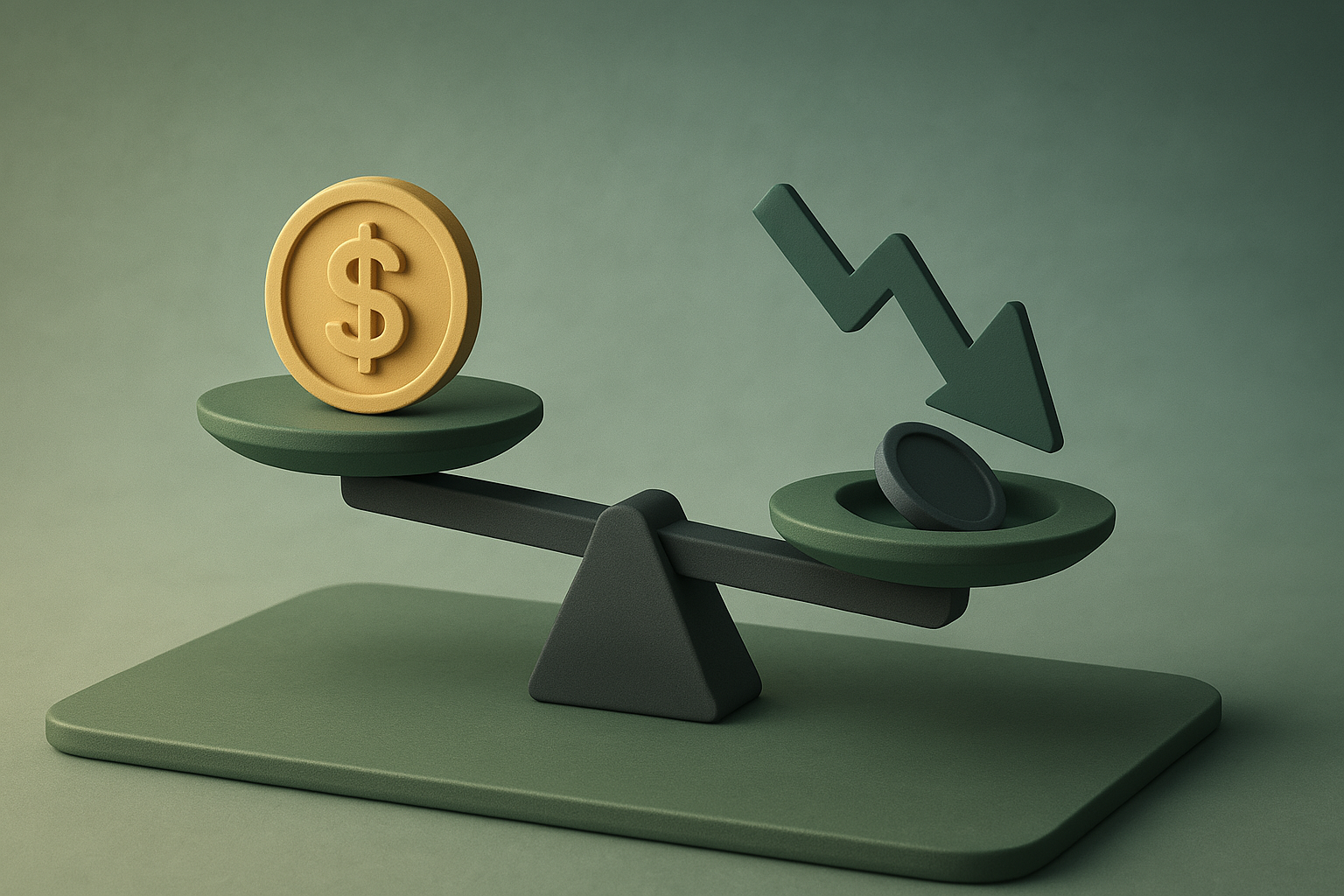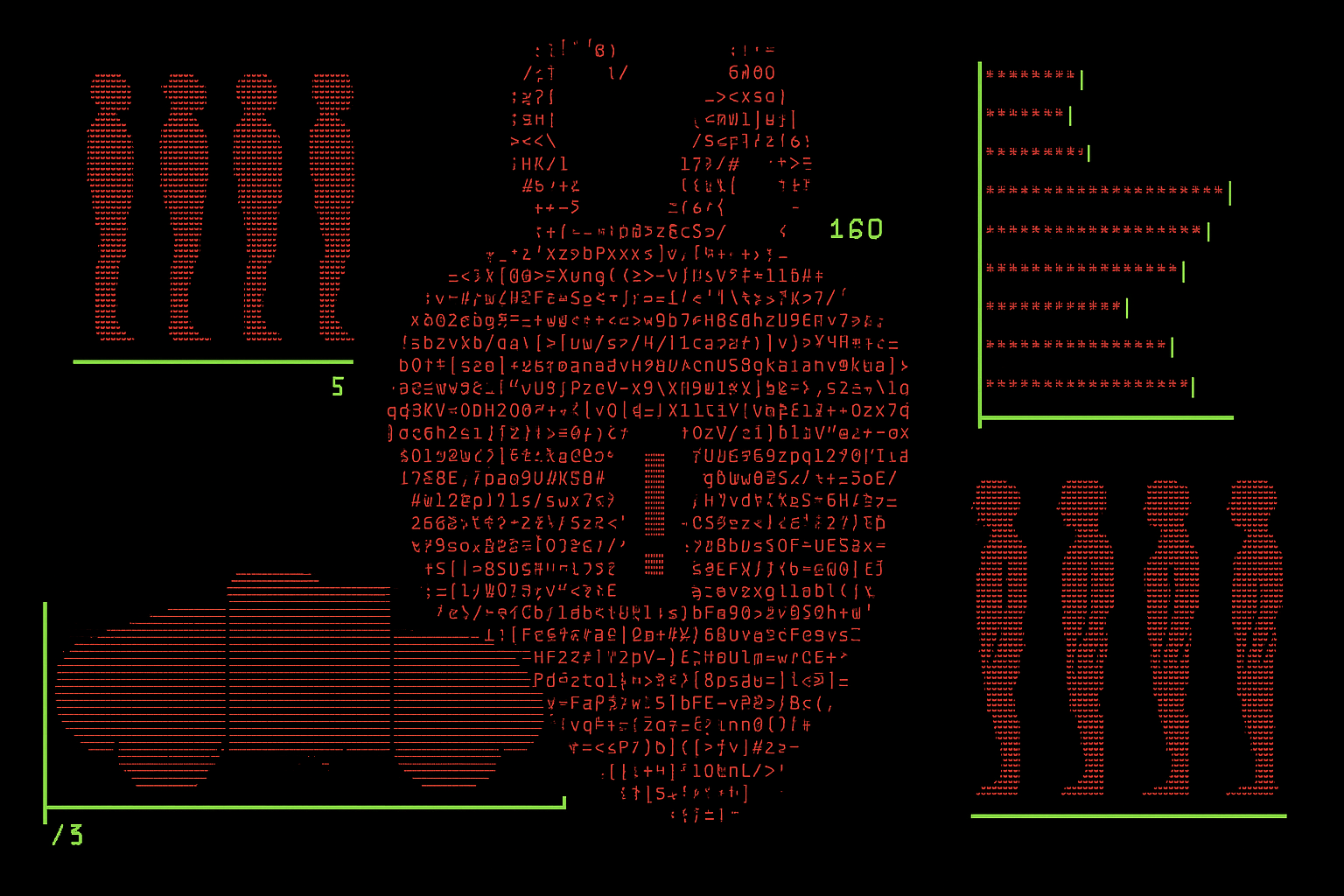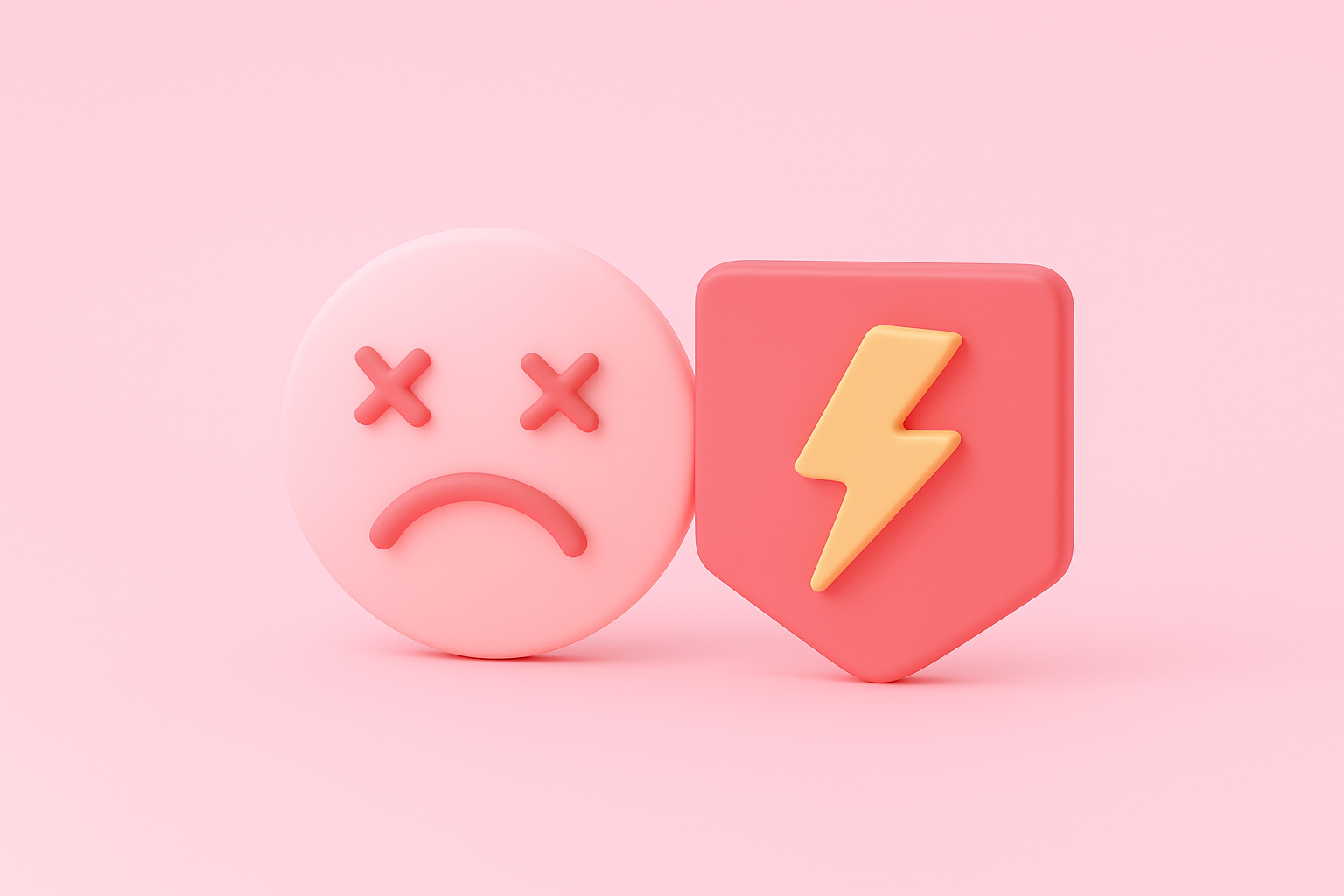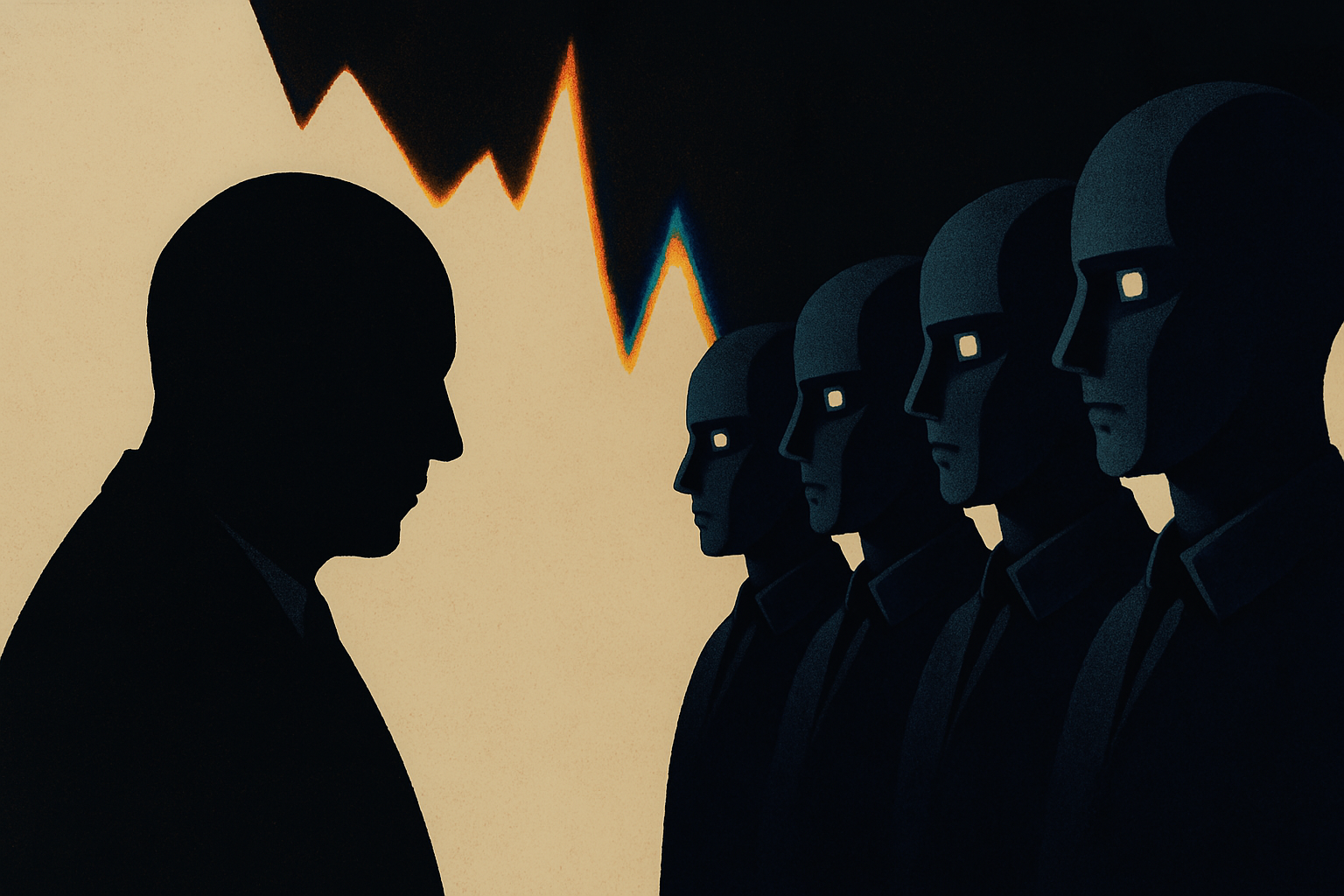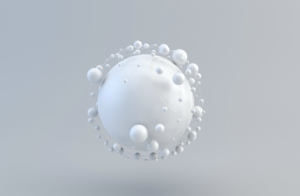Article
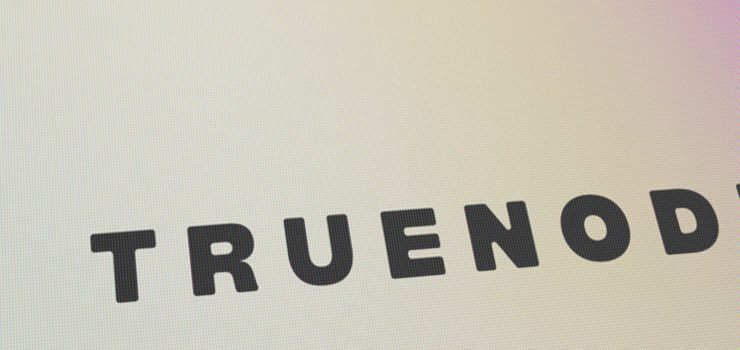
How an Airbnb Design Lead Brought a Berlin-Based Product Studio’s Brand to Life
Meet Sebastian!
Sebastian Speier (aka startfinish) is a Creative Director and Product Designer in New York. He is currently an Experience Design Lead at Airbnb focusing on Luxury. Before that he was a Design Lead at Instagram, and prior to that he was the Global Design Director on the Nike SNKRS app. To get a better picture on his design legacy check out this great interview with him on Interface Lovers here.
Our friend and strategist, Riwa Harfoush, (from our previous article) brought Sebastian on board as her collaborator in bringing TrueNode’s brand identity to life visually.

So, Sebastian, your daily schedule must be super busy given that you are driving the future of Airbnb’s Luxury vertical. What got you hooked to collaborate on TrueNode’s Brand?
“Besides being a design leader at Airbnb, I am also an adjunct faculty at Parsons – The New School, teaching a class in the master’s communication program with my partner Carly Ayres. On top of that, I spend most of my free time working on personal projects both design and non-design related. So that being said, I normally don’t really take on much freelance work since my plate is usually pretty full. What piqued my interest, however, is that Riwa approached me with an opportunity to carry forward the work we had done together on the Symphony brand.
I really liked our partnership the first time around, and it’s rare that freelance partners will trust us enough with creative control. I also saw the Symphony brand as our brain-child, and I had doubts that someone else could work with it in the same capacity as Riwa and I. So I signed up for another go at it!”
Creating a brand from scratch is quite a ride and often a back in forth among team members or founders. This feeling of uncertainty is common but can get tricky if it starts to become a blocker. Do we really trigger a positive emotion with our target audience? Are we differentiating enough in a fragmented market? There are all these questions coming up, constantly throughout the branding process.
What’s your top advice to branding newbies and what common mistakes have you observed in your career?
“I think something that people tend to overlook is that brands and identities for start-ups and new ventures can evolve in the same way that the businesses evolve. Start-up culture is all about testing, learning and pivoting — and you can really do the same thing with your brand. A lot of clients want something that is fully fleshed-out right away, but it’s really hard to achieve that without any legacy collateral, brand history, social capital, or proven value.
Early startups don’t know their identity until they find their market, and it can often take a lot of iterating before that happens. The brand and creative should be a partner at the table through that journey, and starting from scratch is not about finding something that works over the whole journey, but finding a set of flexible tools that adapt to that journey over time. Spending a lot of money with a big agency for an initial identity is often a huge loss, as it will change soon thereafter.”
In your interview with InterfaceLovers. you mentioned that one of your most significant projects to date was the co-creation of Google’s new identity, back in 2018. Google has 200+ products, ranging from tech-heavy products like Cloud to multi-billion search consumer-first products.
After all your research and design work with heavy hitters like Google, Instagram and Airbnb — what are your guiding principles in times of tech to keep design human when working with digital native companies?
“My approach, as stated above, is that we can take a quick temperature reading on what the immediate goals are, and then move quickly to deliver something that works the short-term — it doesn’t have to last the test of time because it can change over time. This was the same approach we had when I worked on the new Google identity: That a brand can be constantly changing, and that it’s ok for it to be trendy or unsustainable because it’s something we can iterate on and grow over time.”
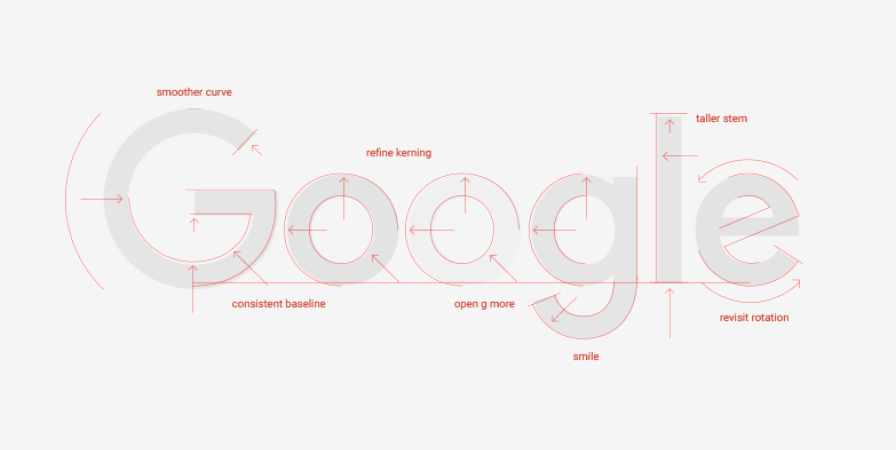
“During our conversations around the new Google logo people thought that maybe it was too trendy and that it wouldn’t beyond a 10 year time period, but what we realized is that’s ok! In 10 years, we can revisit and do it all again. It’s better to have a brand that grows with your business, rather than something you’re tied to forever.”
Looking back, what makes you most excited about TrueNode?
“Applying gradients”
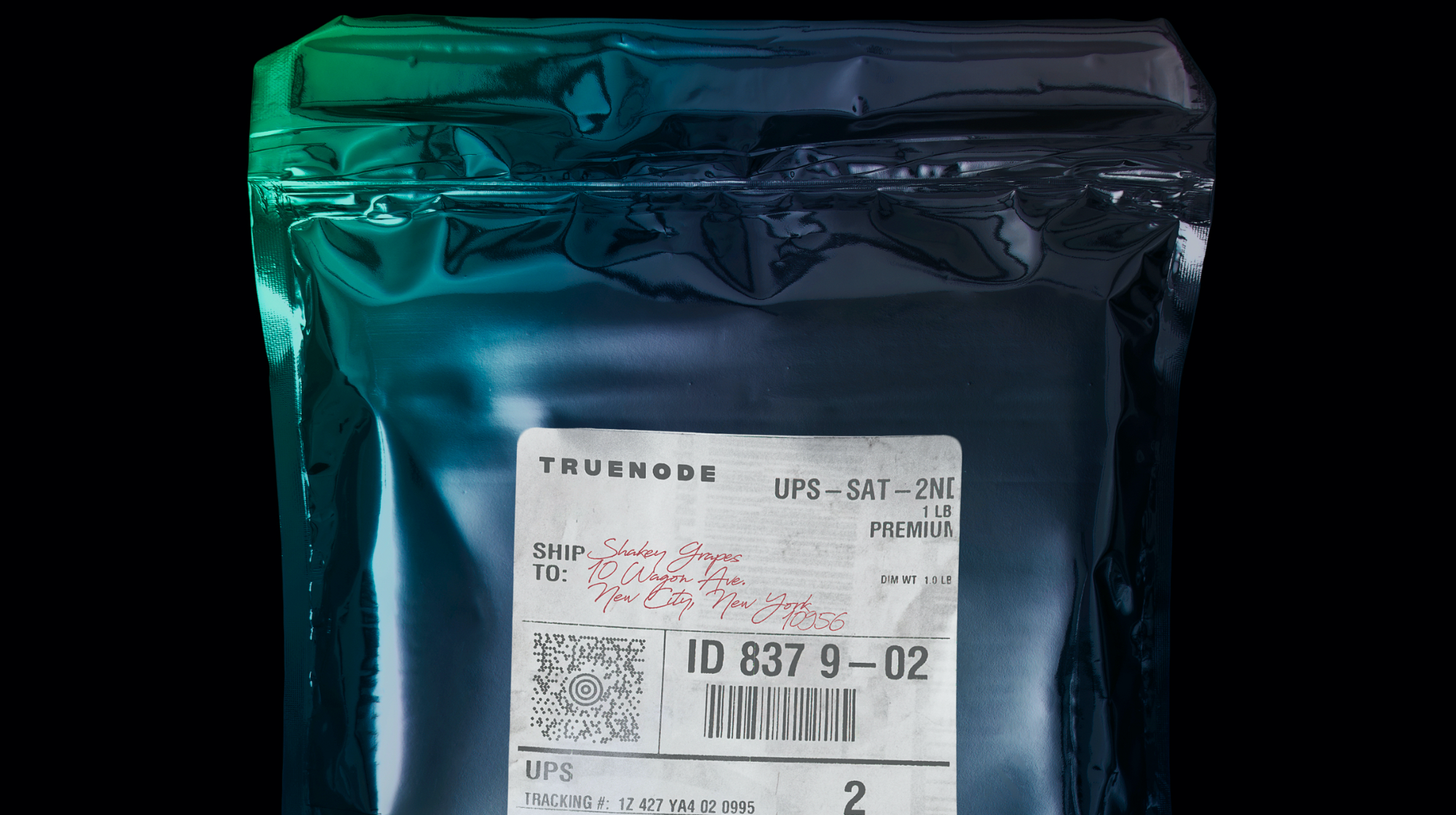
“Sometimes we all need a punch in the face”. The world will soon be powered by the algorithmic champions and moonshot players. Therefore looking in the future — what product would your 50-year-old-self be proud of having contributed to?
“As a 50-year-old, I would be excited if I could look back and my legacy was more than just apps that sell things or apps that help people communicate with each other. Something I am passionate about now is making sure that the product goals align to actual human interests — and while Instagram connects you to the things and people you care about, ultimately the product goal is to sell ads, and ultimately that isn’t in line with the actual user experience. Now that I am at Airbnb I feel a lot better than our goals are actually aligned to people’s best interests — travel is important for a lot of people, and making travel more accessible and to build communities across borders is something that makes me excited.”
— Thank you, Sebastian! We are excited for what is to come and embrace your mantra when building products to mutually align for actual human needs.
